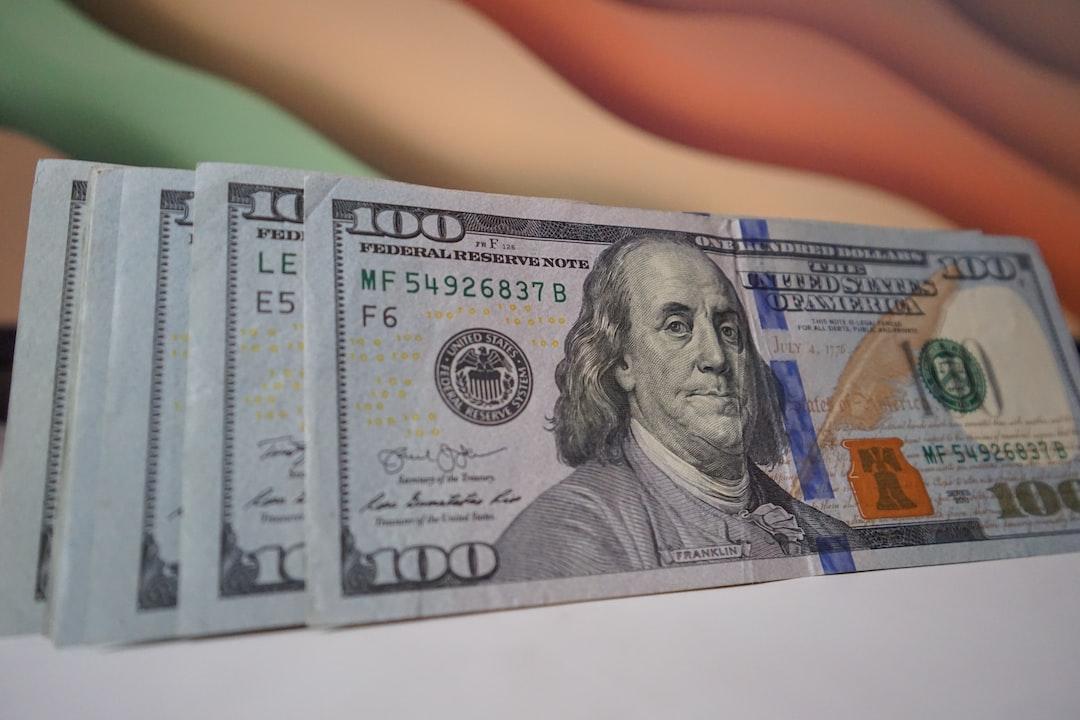Negative USDT premium phenomenon appears in the Chinese market, while the A-share market shows strong momentum under the government’s stimulus policies, prompting Chinese cryptocurrency investors to reconsider their fund allocations.
Table of Contents:
USDT negative premium phenomenon and its reasons
Change in sentiment discussed within Chinese cryptocurrency community
Chinese netizens reveal multiple loans invested in A-shares
Policy stimulus boosts A-share rally
Recently, a stablecoin USDT negative premium phenomenon has emerged in the Chinese market, attracting widespread attention. According to a report by Coinw, Google Finance shows that the USD to CNY exchange rate is temporarily reported as 7.05, while the off-exchange price of USDT on Binance is quoted at about 6.92, resulting in a negative premium rate of 1.878%, or even temporarily exceeding 2.5%.
The USDT premium or discount refers to whether the market price of USDT is higher or lower than its actual market price in USD. A negative premium usually indicates greater selling pressure in the market.
The negative premium phenomenon of USDT usually occurs when market demand decreases or liquidity is restricted. The community believes that this may be due to speculative traders selling USDT to invest in Chinese stocks. The discounted sale of USDT is aimed at raising funds in Chinese yuan more quickly, leading to a price drop and negative premium.
Further reading:
Is China’s rescue of the market draining hot money from the cryptocurrency circle? 10x Research: Speculators may have switched from Bitcoin to A-shares in mainland China.
After entering the Chinese cryptocurrency community, Coinw has observed that some investors are starting to consider allocating funds to A-shares, indicating an intention to switch from the cryptocurrency market (such as Bitcoin and USDT) to the A-share market.
Some investors in the community mentioned, “Get ready to switch to A-shares tomorrow” and “Should I sell U and invest in A-shares these days?”, revealing plans to transfer funds from the cryptocurrency market to the A-share market.
In recent days, there have also been netizens on social media platforms revealing details of multiple bank loans, with a total amount of up to 1.29 million CNY, stating that all these funds will be invested in the stock market in pursuit of high returns. The netizen listed loan data from multiple banks and credit card institutions, including bank loans, credit card loans, and several other personal loans.
Coinw reminds everyone that excessive use of loans for high-risk investments carries significant financial risks, especially in a highly volatile stock market, which may result in huge economic losses. Investors should carefully assess their own risk tolerance and avoid financial difficulties caused by blindly pursuing high returns.
Another netizen mentioned in the comments that they have been “laying in wait for three years” for this stock market trend, investing 500,000 CNY three years ago and now only having 9,800 CNY left, with the intention of recovering all the losses in this market trend. This comment has attracted a lot of attention, with some people responding that this behavior is more like “entering a trap”. expressing concerns about this operation.
As for the recent epic surge in mainland Chinese and Hong Kong stocks, it is related to the Chinese government’s efforts to stimulate the economy through policies such as reserve requirement ratio cuts, interest rate cuts, and increased lending.
China’s State Council Information Office announced during a press conference yesterday that the 700 billion CNY funds for “dual control” construction and one trillion CNY of ultra-long-term special national bonds for “new dual” have been fully issued to localities. However, Coinw reminds everyone that the recent volatility in the Chinese stock market may further amplify, so please be cautious.
Related reports:
Chinese stocks are going crazy again! Brokerage app crashes, economists suggest creating a record deficit to accelerate the stimulus of China’s economy.
China is opening up! Former Deputy Minister of Finance criticizes cryptocurrency as “far behind” and advocates learning from US policy shift.
China’s central bank officially “injects 1 trillion CNY” to rescue the market, mainland and Hong Kong stocks surge, and the Shanghai Stock Exchange temporarily crashes.


